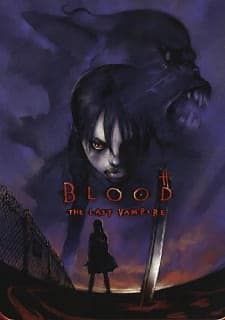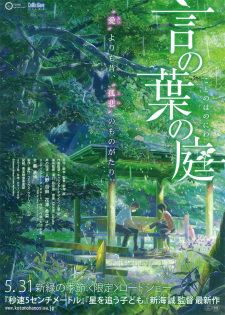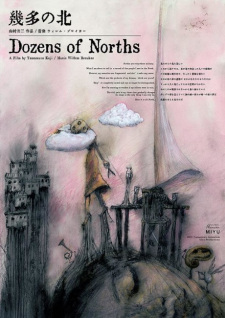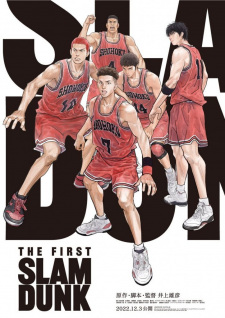Alternative Titles
Synonyms: Atama-yama
Japanese: 頭山
More titlesInformation
Type:
Movie
Episodes:
1
Status:
Finished Airing
Aired:
Jan 1, 2002
Producers:
None found, add some
Licensors:
None found, add some
Source:
Other
Theme:
Psychological
Duration:
10 min.
Rating:
PG - Children
Statistics
Ranked:
#79932
2
based on the top anime page. Please note that 'Not yet aired' and 'R18+' titles are excluded.
Popularity:
#7178
Members:
8,885
Favorites:
5
Available AtResources |
|
Atama Yama
Mt. Head
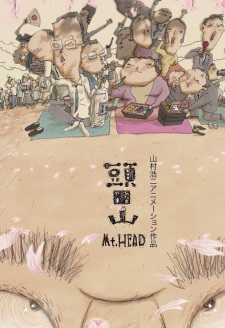




.png)
